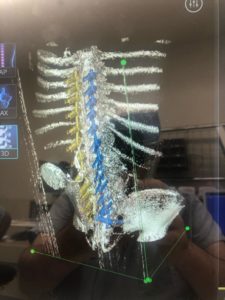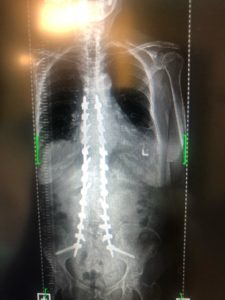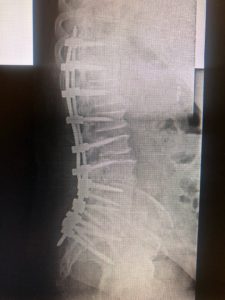See Jonathan’s Talk: ““Viruses and how mRNA vaccines work: for computer people” at this year’s online event on November 13th.
Jonathan Borden was a friend of Aaron’s who finally met him in person at MIT during a DAML Working Group Meeting hosted by Tim Berners-Lee. This group formed the Web Ontology Working Group which issued the W3C OWL Recommendation. (Here is an Introduction to RDF presentation written by Dr. Borden.)
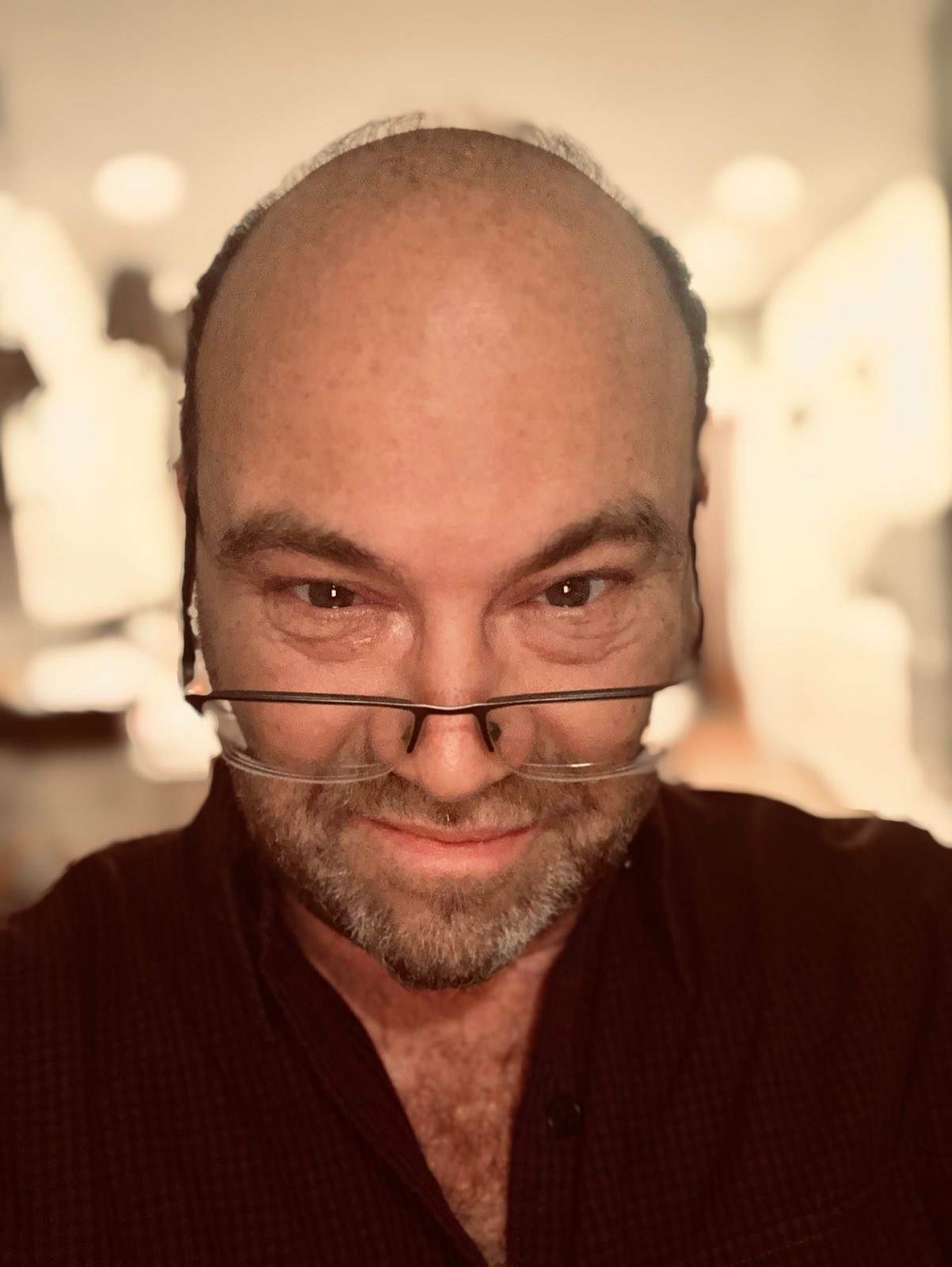
Dr. Borden’s Bio:
Dr. Jonathan Borden MD, is a neurosurgeon based out of Cincinnati, Ohio, currently focusing on surgery and treatment for robotic spine surgery, including correction of deformities/scoliosis, as well as minimally invasive spine surgeries. His previous research has involved artificial joints for the spine, techniques for repairing degenerated intervertebral discs using growth factors, stem cells and minimally invasive surgical techniques. He will be presenting on this latest techniques using robotics for spinal surgery.
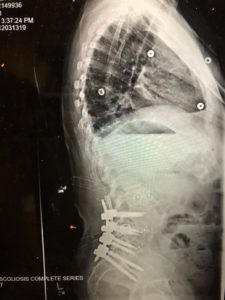 Jonathan is generally ahead of the curve and constantly innovating. He was an early advocate for virtual medicine – when it was called “telemedicine” – way back in 1998. Soon after, he was the Director of the Boston Gamma Knife Center, where he developed particular expertise in tumors involving the optic nerves and chiasm. The “gamma knife” uses software (to interpret MRI data directly) and a robotic guided set of gamma rays to target and destroy brain lesions while preserving the surrounding normal brain tissue and structures, thus eliminating the need for traditional brain surgery.
Jonathan is generally ahead of the curve and constantly innovating. He was an early advocate for virtual medicine – when it was called “telemedicine” – way back in 1998. Soon after, he was the Director of the Boston Gamma Knife Center, where he developed particular expertise in tumors involving the optic nerves and chiasm. The “gamma knife” uses software (to interpret MRI data directly) and a robotic guided set of gamma rays to target and destroy brain lesions while preserving the surrounding normal brain tissue and structures, thus eliminating the need for traditional brain surgery.
Most of Jonathan’s projects involve the application of computer science to neurobiology, including using artificial intelligence techniques to model neurochemical networks in the brain and using computer graphics techniques to analyze the results of molecular biological experiments.
At Tufts-New England Medical Center, he developed the Borden Classification of Dural Arteriovenous Fistulas. This classification has come into common usage after its clinical applicability has been verified by the University of Toronto Brain AVM Group.
Borden graduated from Amherst College in Amherst, Massachusetts with a Bachelor of Arts in Neuroscience and Yale University School of Medicine. Working in the laboratory of Elias Manuelidis and Laura Manuelidis at Yale School of Medicine, he authored papers on the organization of interphase chromosomes in human brain tissue. His 3D models of chromosomes in brain cells have been featured on several scientific journal covers. He is a former Assistant Professor of Neurosurgery for Tufts University.
See the Video of Jonathan’s talk from Aaron Swartz Day 2020: Cybernetics, Cyberspace and Cybersurgery
Dr. Jonathan Borden MD will present a new technique for minimally invasive percutaneous treatment of complex spinal deformities in adults. As people age and sit too much, we are seeing a large increase in degenerative deformities where people are unable to stand up straight and walk. In addition, the weakened spine twists into a scoliosis.
Using 3D imaging, along with optical tracking devices attached to surgical instruments, these deformities, which in the past required large incisions and extensive dissection, can now be treated through multiple small holes in the skin, guided by robotics. Dr. Borden will demonstrate these new techniques.
